
12 Effective Ways to Remove a Wart on Your Finger
Warts can appear anywhere on your body, but when they show up on your fingers, they can be both unsightly and bothersome. Fortunately, there are several methods you can try to remove them. Warts are caused by the human papillomavirus (HPV), and while they may go away on their own, it can take months or even years. Over-the-counter and home remedies can help speed up the process or help the wart fall off in layers over time. Here's what you need to know about warts on your fingers and how to remove them.

What Are Warts?
Warts are small, hard, and bumpy growths that typically appear on the skin. They are contagious and spread by contact with infected surfaces. Although warts can develop anywhere on the body, they are most common on the hands, fingers, feet, and face.
HPV has more than 100 different strains, and only a few cause warts. Below are the common types of warts that can occur on the fingers and hands:
1. Common Warts
Common warts are often found on the backs of your hands and fingers. These warts have a rough, scaly texture and can be flesh-toned, pink, grey, or even white. Common warts can vary in size and may sometimes feature tiny black dots, which are clotted blood vessels.
2. Butchers’ Warts
Butchers’ warts resemble common warts but are typically found in people who handle raw meat or fish. These warts may develop from exposure to animal products, though it’s unclear whether the virus originates in animals.
3. Flat Warts
Flat warts are smooth, flat-top warts that usually appear in clusters. They are small, ranging from the size of a pinhead to larger spots, and are usually flesh-toned or slightly yellowish-brown.
4. Palmar Warts
Palmar warts appear on the palms of your hands. They are caused by a viral infection and can sometimes be painful, particularly if they develop in clusters.
5. Periungual and Subungual Warts
These warts occur around the nails (periungual) or under the nails (subungual). These warts can cause discomfort and may affect the nail's appearance. Left untreated, they can lead to permanent damage.
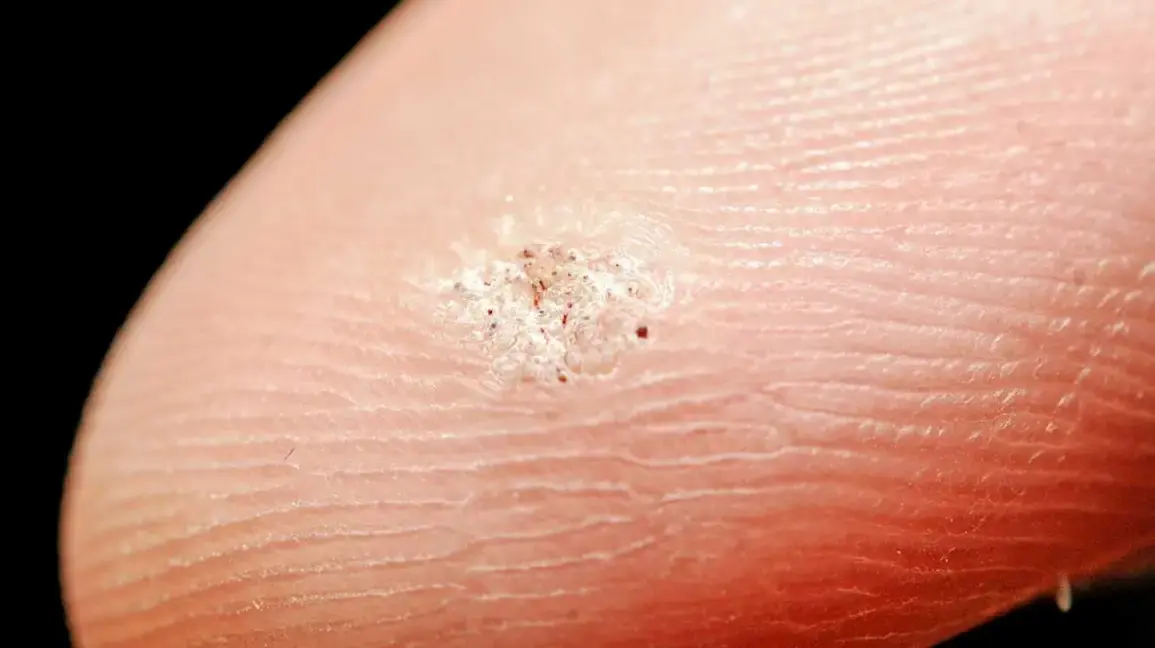
How to Remove Warts from Your Fingers and Hands
There are multiple treatment options for removing warts on the hands and fingers. While warts can sometimes resolve on their own, the process can take years, so many people prefer to pursue at-home remedies or consult a doctor. Below are 12 ways to remove warts:
At-Home Wart Removal Remedies
-
Salicylic Acid
Salicylic acid is one of the most commonly used wart treatments. It’s available in various forms, such as gels, liquids, and adhesive pads. It works by softening the wart, allowing it to be removed gradually. Before applying, soak the wart in warm water for 10 to 15 minutes to soften the skin. Then, apply the salicylic acid as directed. Repeat for several weeks until the wart disappears.
-
Duct Tape Occlusion
Duct tape may sound unconventional, but it can be effective in removing warts. Apply duct tape to the wart for 3-6 days. Remove the tape, file down the wart with a pumice stone, and leave it exposed to air for about 12 hours. Repeat until the wart is gone.
-
Apple Cider Vinegar
Apple cider vinegar, due to its acidic properties, can help dissolve the wart. Mix two parts apple cider vinegar with one part water, soak a cotton ball in the mixture, and tape it onto the wart overnight. Repeat this process nightly until the wart falls off.
-
Lemon Juice
Lemon juice is another mild acid that can help remove warts. Dilute the lemon juice before applying it to the wart using a cotton ball or pad. Apply it nightly for a few weeks until the wart disappears.
-
Garlic Extract
Garlic has natural antiviral properties. Crush a garlic clove and place it directly onto the wart, covering it with a bandage. Reapply daily until the wart is gone. Be sure to file down the wart with a pumice stone beforehand to enhance the treatment.
-
Clear Nail Polish
Painting clear nail polish on a wart may help suffocate it by blocking oxygen. Apply the nail polish every other day for about two weeks to see if it helps.
-
Liquid Butane Spray
Liquid butane spray is available over-the-counter and is used to freeze the wart off. This method can be painful, and it may not always be as effective as professional cryotherapy.
Professional Wart Removal Treatments
If you have many warts, or your wart is painful or persistent, consider seeing a doctor for professional treatment.
-
Immunotherapy
In immunotherapy, your doctor may inject antigens such as Candida into the wart to trigger an immune response that helps the body fight off the wart.
-
Electrodessication and Curettage
This method involves using electrical currents to kill the wart’s blood supply and then removing the tissue with a curette. It’s typically done under local anesthesia.
-
Cantharidin
Cantharidin is a chemical applied to the wart to cause blistering underneath the skin. After a few hours, the blister is removed, and the wart is eliminated. This treatment can cause discomfort.
-
Cryotherapy
Cryotherapy involves freezing the wart with liquid nitrogen. It can cause the wart to fall off, but it may take several treatments to completely remove it.
-
Laser Therapy
Laser therapy uses a pulsed dye laser to burn the blood vessels feeding the wart, causing it to shrivel up and fall off. Scarring may occur with this method.
Preventing Warts
To avoid warts, practice good hygiene and follow these steps:
-
Avoid touching warts on others or on yourself.
-
Cover cuts and scrapes to protect them from infection.
-
Wash your hands regularly.
-
Avoid biting your nails or picking at hangnails.
-
Wear shoes in public showers and pool areas to avoid picking up HPV.
-
Treat any existing warts promptly to prevent spreading.
When to See a Doctor
If you have multiple warts, or if the wart is painful, spreading, or does not respond to home treatments, seek medical attention. Persistent warts can sometimes indicate an underlying health condition, and a healthcare provider can help provide the best treatment plan for your needs.
Conclusion
Warts on your fingers can be annoying, but with the right treatment, they can be effectively removed. Whether you choose to go the at-home route with natural remedies or seek professional care, timely treatment can prevent the spread of warts and ease any discomfort they may cause. Always remember to consult a doctor if you have concerns about your warts or if they don’t improve with treatment.
Sources:
-
Healthline.com
-
Mayo Clinic
-
WebMD
News in the same category

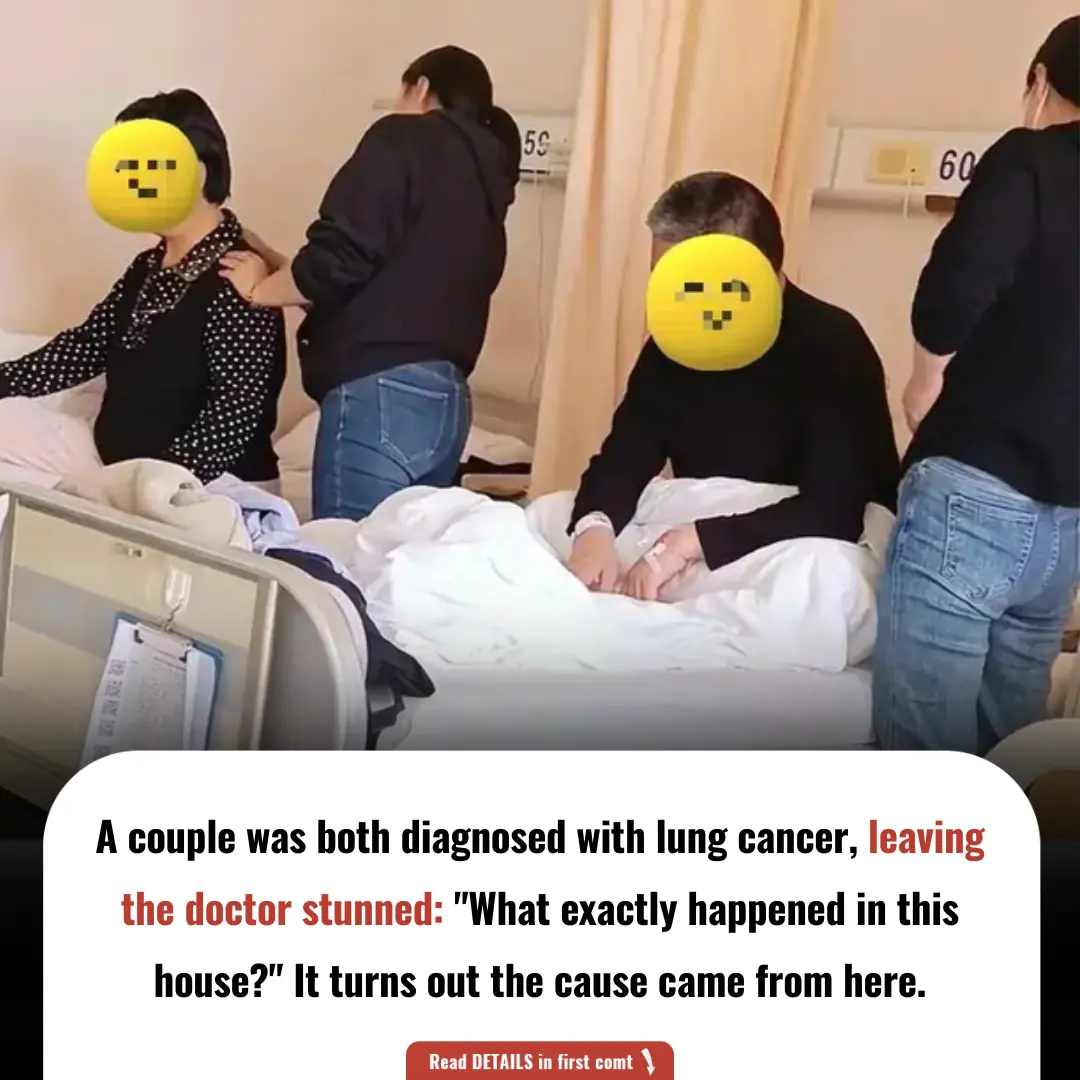
A couple was both diagnosed with lung cancer, leaving the doctor stunned: "What exactly happened in this house?" It turns out the cause came from here.
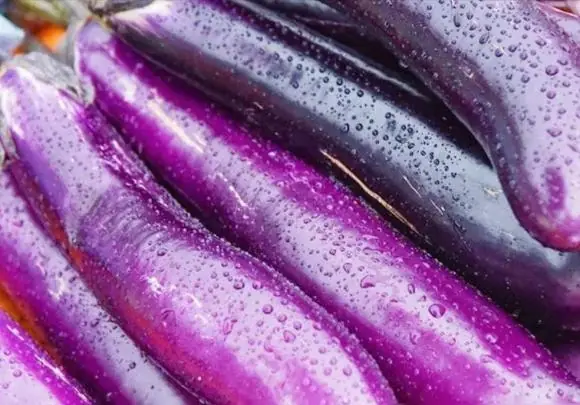
Long vs. Round Eggplants: Which One Should You Choose?
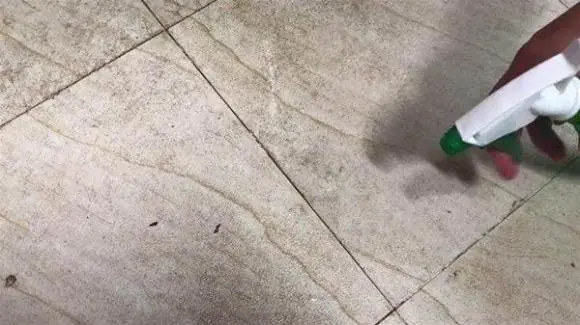
Restore Your Grout Lines with This Easy and Budget-Friendly DIY Cleaning Hack

12-Year-Old's Lifelong Dialysis: 5 Favorite Foods Secretly Damaging Your Kidneys

Eating While Screen-Obsessed? Here Are 4 Hidden Health Risks You’re Ignoring

How to Choose the Sweetest Pineapple: Long Leaves or Short?
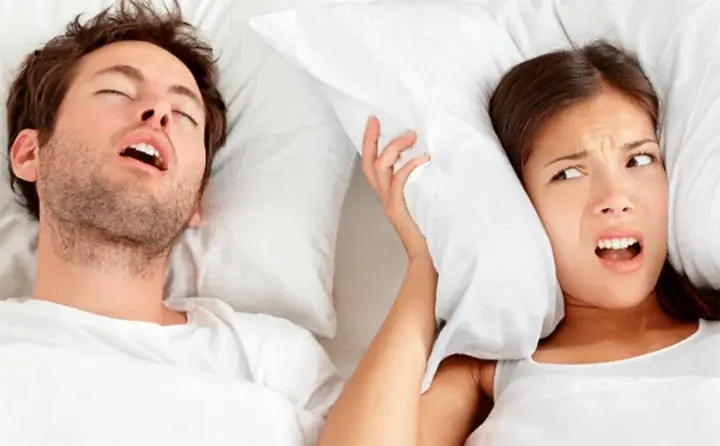
8 Simple Yet Highly Effective Tips to Stop Snoring

Is It Necessary to Unplug Your Washing Machine After Use

The Hidden Costs of Frost Accumulation in Your Refrigerator: Understanding the Energy Drai

🍎 Why Do Imported Apples Stay Fresh for a Month Without Spoiling?

Top 3 Seat Positions with the Highest Survival Rates in Aviation Emergencie
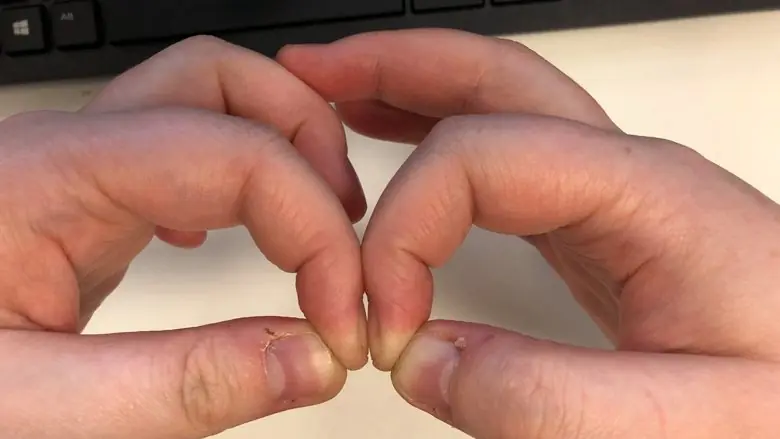
Simple Finger Test Could Reveal Early Signs of Lung C@ncer and Other Health Issues
A simple finger test, known as the Schamroth window test, can help detect signs of lung c@ncer and other health conditions, including heart problems. Learn how to perform this easy test at home.

Start Your Day Right: 5 Foods That Safeguard Your Kidneys and Reduce Uric Acid
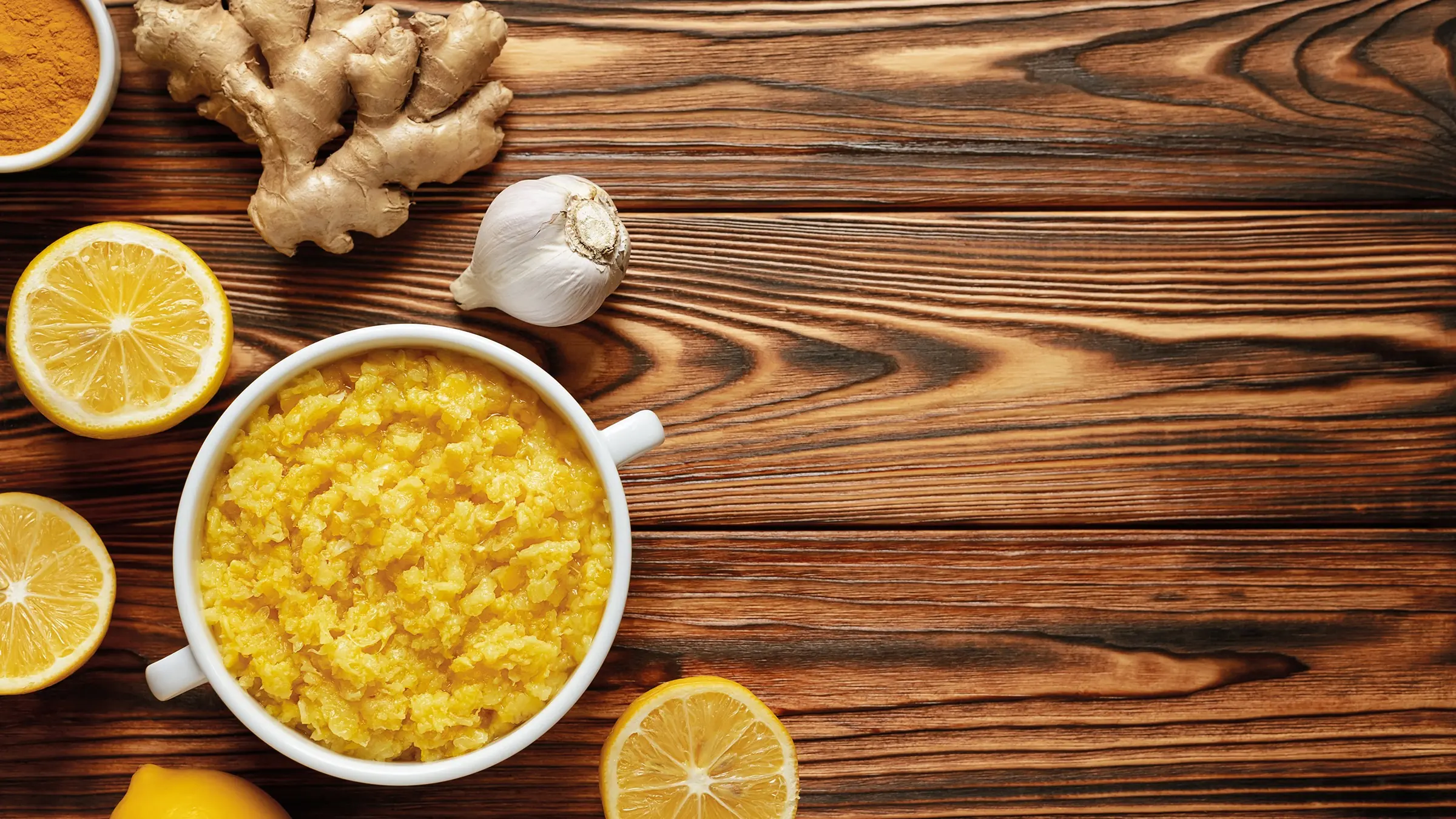
The Ultimate Health Blend: Honey, Cinnamon, Turmeric, Apple Cider Vinegar, and Chia Seeds for Better Health
Discover the powerful benefits of honey, cinnamon, turmeric, apple cider vinegar, and chia seeds. Learn how this natural blend can improve digestion, stabilize blood sugar, and enhance bone and heart health.

Revolutionary C@ncer Treatment: Doctors Target Tumors Without Chemotherapy
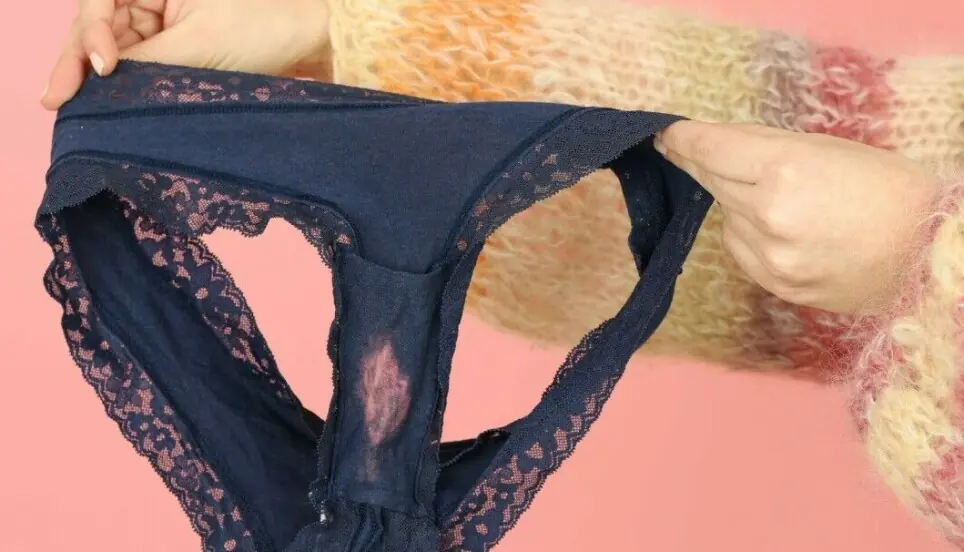
Why Your Underwear Gets Bleach-Like Stains: Gynecologist Explains the Causes and What It Means for Your Health
Discover why your underwear may have bleach-like stains and why it's completely normal. A gynecologist explains the role of vag!nal discharge and how it can affect your underwear fabric. Learn when to be concerned and how to maintain vag!nal health.

5 Household Items That Harbor Formaldehyde: Hidden Cancer Risks Lurking in Your Home

Air Conditioner Efficiency: Continuous Use vs. Frequent Switching
News Post

A Family of Three Diagnoses with Liver C@ncer, Doctor Furious as He "Accuses" Two Foods in the Fridge as the Culprits

A couple was both diagnosed with lung cancer, leaving the doctor stunned: "What exactly happened in this house?" It turns out the cause came from here.

Beyond the BuII!e$: How One Girl Stitched Her Way Back to Confidence with Crochet
After facing buIIy!ng for her unique style, a 6th-grade girl found her voice and confidence again through crochet. Discover this inspiring story of artistic triumph, self-expression, and how handmade passion can build an empire, one stitch at a time.

Long vs. Round Eggplants: Which One Should You Choose?

The Heartbre@king Selfie: A Dream Shattered in the Blink of an Eye
On June 12, a family’s dream of a new life in London ended tragically in a plane crash. Discover the emotional story of Pratik Joshi’s family, their dreams, and the reminder that life is fragile.

Restore Your Grout Lines with This Easy and Budget-Friendly DIY Cleaning Hack

12-Year-Old's Lifelong Dialysis: 5 Favorite Foods Secretly Damaging Your Kidneys

5 DIY Skin Toners for Radiant, Smooth Skin: Natural Remedies for Every Skin Type
By incorporating these simple DIY toners into your daily skincare regimen, you can achieve smoother, clearer, and more radiant skin without the need for expensive products.

Eating While Screen-Obsessed? Here Are 4 Hidden Health Risks You’re Ignoring

Should You Stay or Let Go? How I Realized I Wasn't His First Choice
A heartfelt and emotional journey of love, heartbreak, and self-discovery. When your partner is still hung up on their ex, is it worth fighting for the relationship? Discover the painful truth behind choosing yourself over unrequited love.
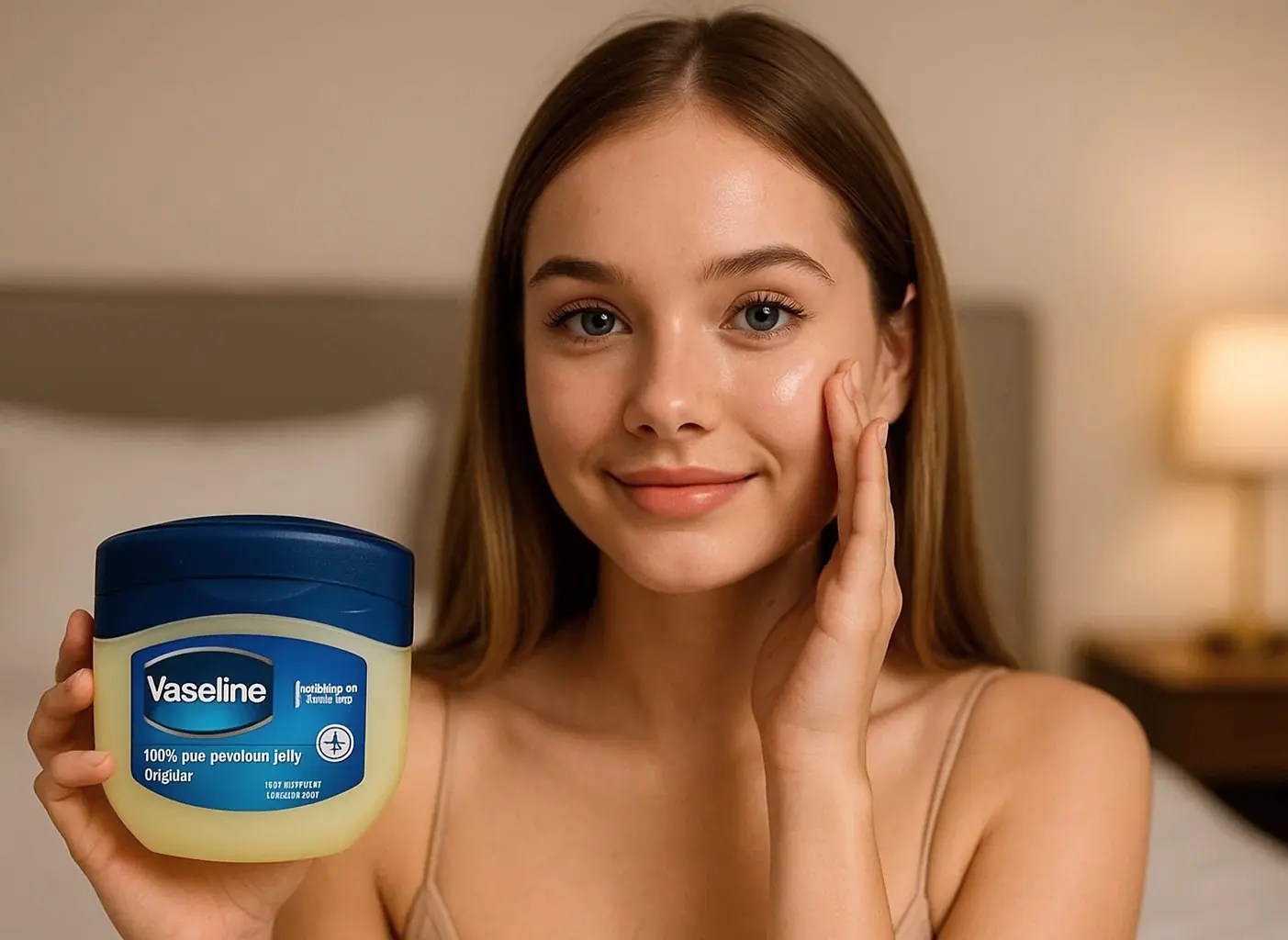
Vaseline and Coffee: The Ultimate DIY Skincare Duo to Achieve Wrinkle-Free Skin Naturally
By incorporating these ingredients into your skincare routine through DIY masks and scrubs, you can rejuvenate your skin, reduce the appearance of wrinkles, and achieve a youthful, radiant complexion.

The Flowers that Kept Us Apart: A Love Story Decades in the Making
A woman embarks on a journey to find out the truth behind mysterious flowers sent to her every year, only to uncover a love story that had been hidden for 20 years.
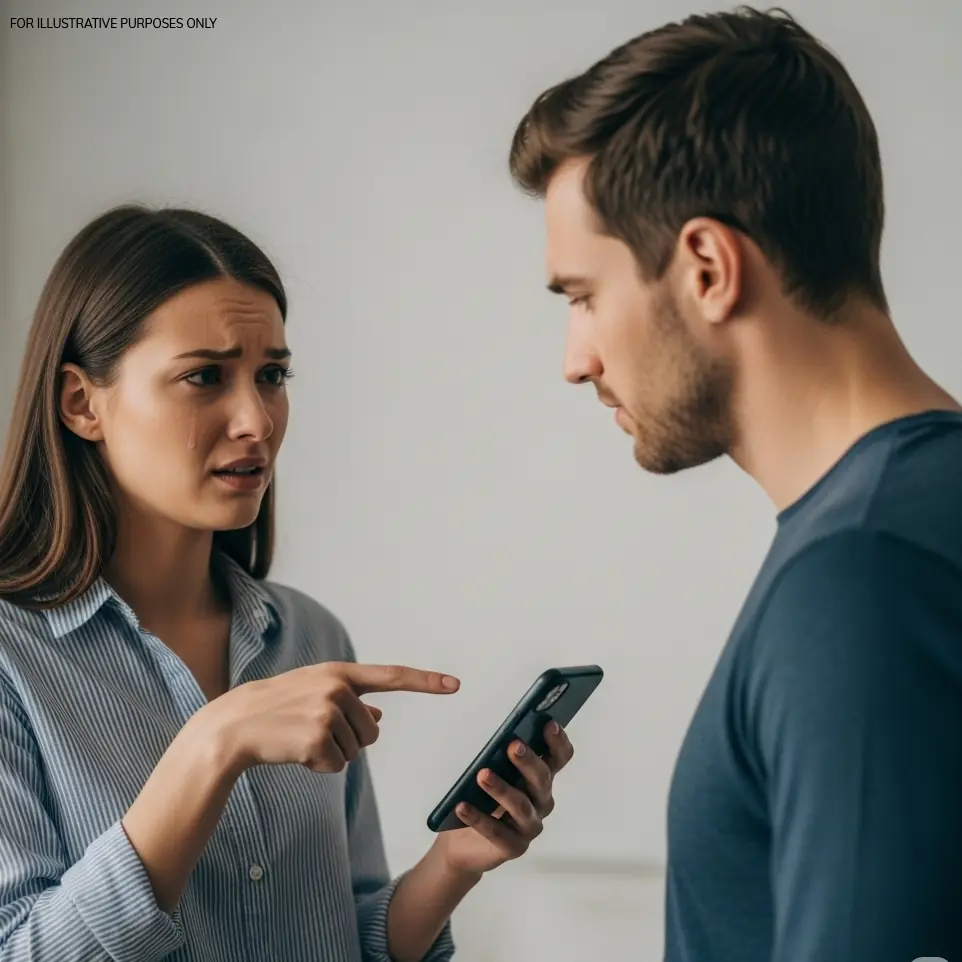
I Found My Husband's Secret Conversations With Another Woman – And What He Told Me Br0ke My Heart
A wife discovers her husband's secret texts with a woman he met at a strip club. What seemed like innocent conversations quickly turns into an affair, and now she has to decide if she can ever trust him again.

Weight Loss Drink: Consume These 2 Herbal Drinks To Detox and Lose Weight Naturally
These two natural detox drinks-Spiced Lemon-Honey Drink and Cumin Water-are simple yet powerful remedies for boosting metabolism, improving digestion, and reducing belly fat.

How to Choose the Sweetest Pineapple: Long Leaves or Short?

Abandoned Child, Heartbre@king Note, and the Sh0cking Truth Behind a Family's Dark Secret
When a woman discovers an abandoned child with a mysterious note, she’s thrust into a tangled web of secrets, betrayal, and an inheritance that changes everything. Dive into this captivating story of hidden truths and the love that saves a life.

8 Simple Yet Highly Effective Tips to Stop Snoring

Is It Necessary to Unplug Your Washing Machine After Use
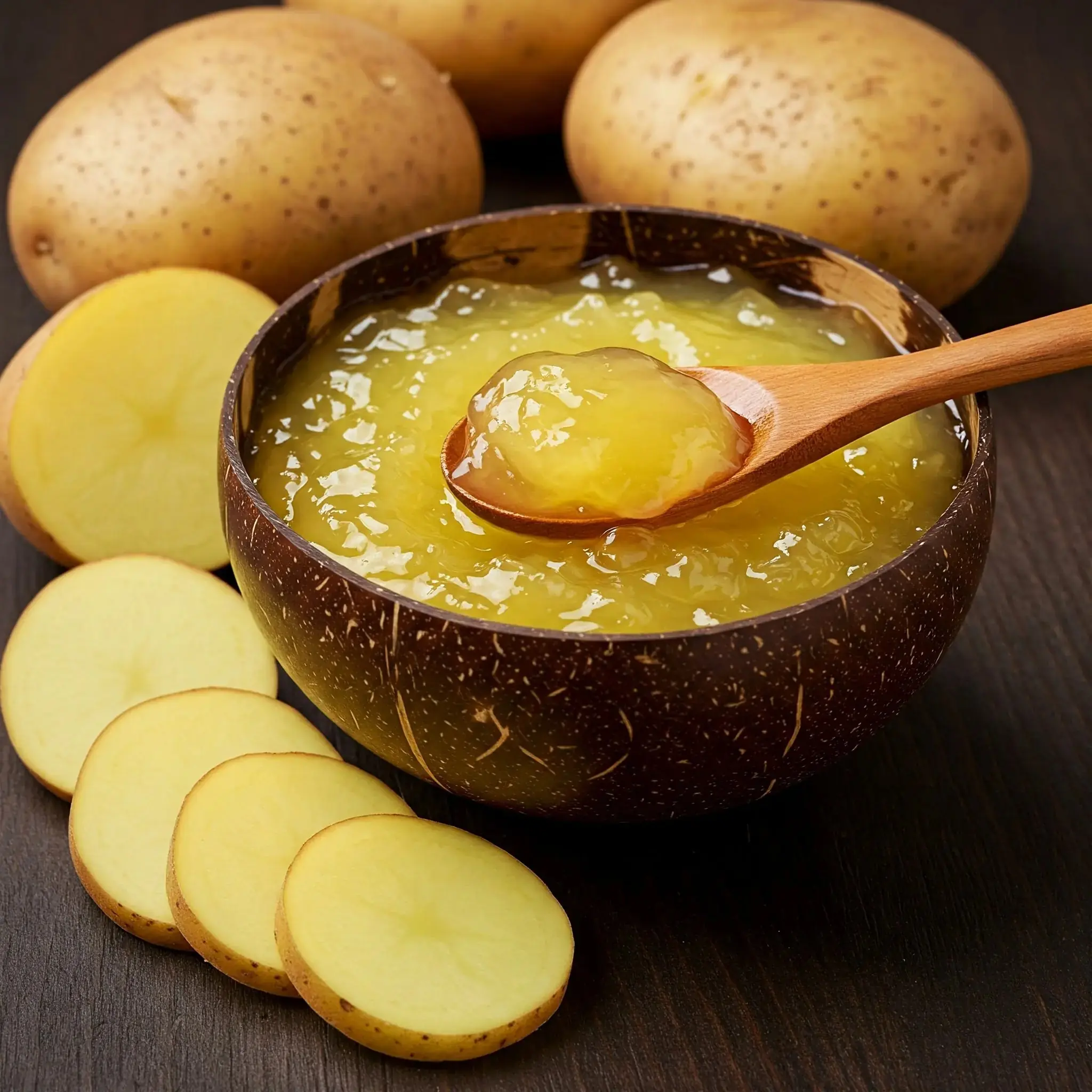
4 Natural Potato Remedies to Fade Dark Spots and Achieve Even Skin Tone
Potatoes are a natural and effective solution for treating dark spots, pigmentation, and uneven skin tone.
